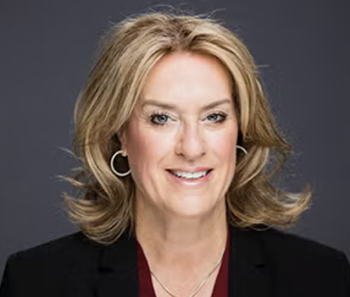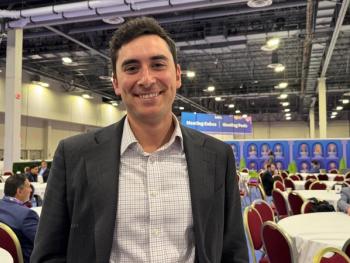
Most New York hospitals are ‘financially fragile’
A survey of the state’s hospitals finds many are still facing significant financial headwinds, including higher labor and supply costs.
Hospitals in the state of New York continue to face financial difficulties.
Three out of four New York hospitals say they don’t have sufficient margins enabling their organizations to invest properly in patient care, according to a survey by the state’s hospital trade groups released last week.
In addition, New York’s hospitals project that the statewide median operating margin for 2024 will be 0.0%. Half of New York’s hospitals have negative operating margins, according to the survey.
The findings come from an annual survey of New York hospitals by the Healthcare Association of New York State, Greater New York Hospital Association, Healthcare Association of Western and Central New York, Iroquois Healthcare Association and Suburban Hospital Alliance of New York State.
Bea Grause, president of the Healthcare Association of New York State, tells Chief Healthcare Executive® that New York hospitals are struggling with rising costs.
“There is significant expense growth, still largely in labor, but in pharmaceutical costs and other supplies,” Grause says.
While New York hospitals are enjoying better revenues, she says the uptick isn’t keeping pace with the higher expenses.
“That puts that squeeze on on hospital margins, and continues to create a financially fragile healthcare system in New York,” Grause says. “We have obviously lived through the pandemic and are still, in a lot of ways, trying to recover from that.”
Since 2019, New York hospitals have seen a 36% increase in labor expenses, according to the report.
Many hospitals in New York continue to deal with staff shortages. Nearly all of the hospitals surveyed (97%) said they are experiencing shortages of nurses, but the vast majority of hospitals (88%) said they are having trouble filling other healthcare roles outside of nursing.
Labor pressures have eased somewhat since the worst of the COVID-19 pandemic, but many are still finding it hard to recruit and retain workers, Grause says.
“In some areas, it's still very challenging to find healthcare workers. And as you can imagine, in a rural area, you are looking at not just nurses, but other health professionals and support staff as well,” she says.
- Read more:
More hospitals are doing better financially, but gap grows between the strong and the struggling
Some hospitals are using temporary staffing agencies less than they did two years ago, but they are still spending far more on staffing agencies than compared to pre-pandemic levels.
“It has eased somewhat, but that macro number doesn't really tell you the challenges that are occurring in some of our communities, including both urban and rural communities, where they are still relying heavily on travelers,” Grause says.
While New York hospitals struggle with higher labor costs, hospitals said they were seeing the biggest cost increase in drugs.
Hospitals in New York also say they are seeing more delays in paying claims, and more outright denials, from insurance companies, according to the survey.
Nearly two-thirds (63%) of the state’s hospitals say they are hiring more staff or looking for more workers to address the greater bureaucratic demands of insurers. And 35% of those surveyed said that the demands of insurers will reduce their 2024 operating revenue by 5% or more. New York hospital groups estimate that represents $1.3 billion or more in lost revenue.
The New York hospital associations say they hope the report gains the attention of policymakers, especially with Congress dealing with
Nonprofit hospitals are expected to see some more financial improvement in 2025, but those gains may be modest, according to
“High expenses, particularly related to labor, will remain a major hurdle for the sector because labor costs account for a median 53% of operating expenses. A steep rise in healthcare wages over the last three years will remain a structural issue,” Moody’s stated in the report.
Hospitals also face higher costs in other areas, including the need to invest more in cybersecurity to defend against attacks from ransomware groups, Moody’s says.








































